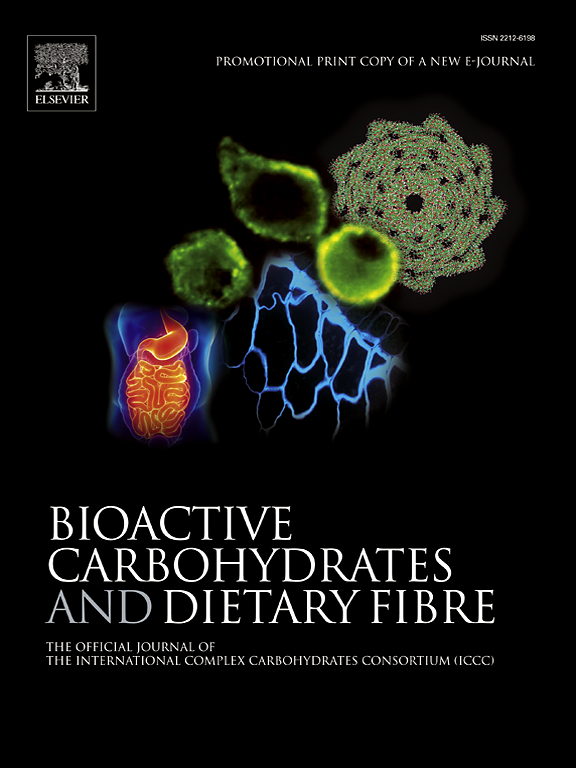Sustainable biomaterials: Sepia prashadi cuttlebone derived phosphorylated chitosan for oral healthcare
IF 3.6
引用次数: 0
Abstract
Phosphorylated chitosan indicate potential as a therapy for dental infections, which can be the underlying cause of many dental problems. This study aims to synthesize and characterize phosphorylated chitosan derived from cuttlebone and investigate the impact of different quantities on the growth inhibition of oral pathogenic agents that cause disorders, including Streptococcus mutans, Pseudomonas aeruginosa, E. coli, and Candida tropicalis. The chitin as well as chitosan were extracted from a sample of Sepia prashadi using its cuttlebone. The next stage involved phosphorylating chitosan, which resulted in chitosan derivatives. The antimicrobial effects of phosphorylated chitosan were subsequently evaluated with the well diffusion method. Following that, Fourier transform infrared spectroscopy (FTIR), field emission scanning electron microscopy (FESEM), and X-ray diffraction (XRD), were used to analyze and evaluate it. Using the well-diffusion method to test antimicrobial effectiveness, phosphorylated chitosan were found to be an extremely potent antimicrobial substance. This study successfully made phosphorylated chitosan from Sepia prashadi cuttlebone, which were then shown to be effective against bacterial and fungal infections in patients. Quantity strongly influences the antimicrobial activity of phosphorylated chitosan, with higher concentrations demonstrating more effective inhibitory actions. According to these outcomes, chitosan derivatives have promise as a component in medicinal treatments targeting clinical bacteria. The research findings indicate the potential use of Sepia prashadi cuttlebones as a unique biological antimicrobial agent in medicinal applications.
可持续生物材料:用于口腔保健的海螵蛸衍生磷酸化壳聚糖
磷酸化壳聚糖显示出治疗牙齿感染的潜力,这可能是许多牙齿问题的潜在原因。本研究旨在合成和表征从海螵蛸中提取的磷酸化壳聚糖,并研究不同量的壳聚糖对口腔致病菌(包括变形链球菌、铜绿假单胞菌、大肠杆菌和热带假丝酵母)生长抑制的影响。利用海螵蛸的海螵蛸骨提取了几丁质和壳聚糖。下一阶段涉及壳聚糖的磷酸化,从而产生壳聚糖衍生物。随后用孔扩散法评价了磷酸化壳聚糖的抗菌效果。随后,利用傅里叶变换红外光谱(FTIR)、场发射扫描电镜(FESEM)和x射线衍射(XRD)对其进行分析和评价。利用孔扩散法检测其抗菌效果,发现磷酸化壳聚糖是一种极有效的抗菌物质。本研究成功地从海乌贼骨中制备了磷酸化壳聚糖,并证明其对患者的细菌和真菌感染有效。磷酸化壳聚糖的抑菌活性受其数量的影响较大,且浓度越高抑菌效果越好。根据这些结果,壳聚糖衍生物有望成为针对临床细菌的药物治疗成分。研究结果表明,乌贼骨作为一种独特的生物抗菌剂在医学上具有潜在的应用价值。
本文章由计算机程序翻译,如有差异,请以英文原文为准。
求助全文
约1分钟内获得全文
求助全文
来源期刊

Bioactive Carbohydrates and Dietary Fibre
Agricultural and Biological Sciences-Food Science
CiteScore
6.00
自引率
0.00%
发文量
38
期刊介绍:
 求助内容:
求助内容: 应助结果提醒方式:
应助结果提醒方式:


